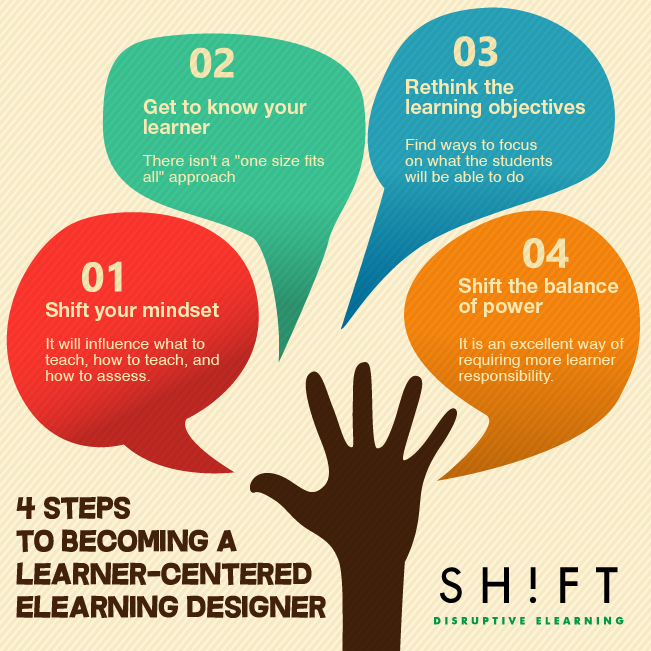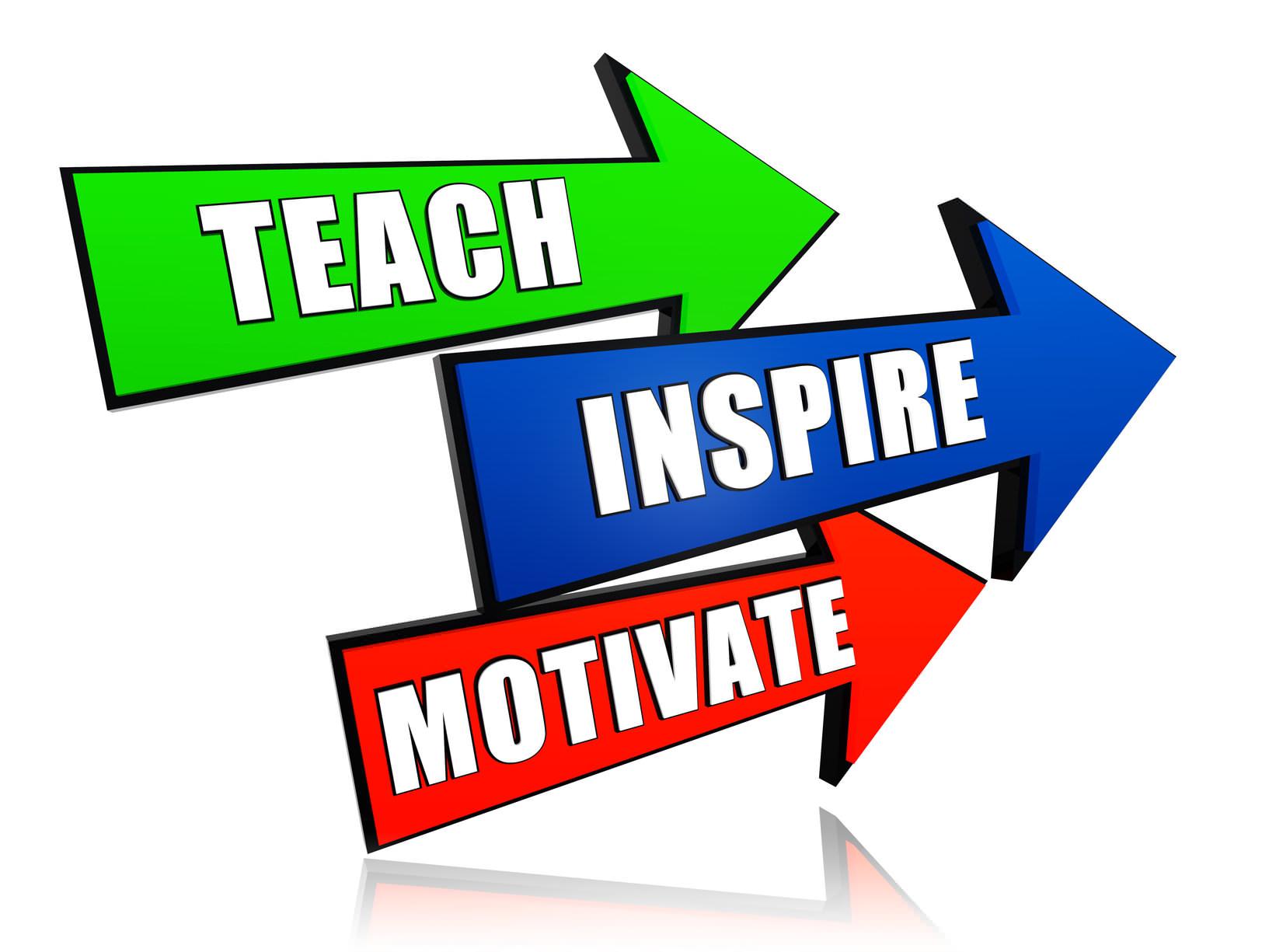SCHOLAR Blog Post: Motivation and Instruction
“The motivation is an important leverage in the self-adjustment individual process, a driving force behind the entire psychic and human development.” (Moldovan, pg. 203).
Student motivation is key in a pupil’s educational success and accomplishments. As a future educator myself, I find that motivation and student engagement is crucial in not only my students’ learning, but my own learning as well. Being able to present content material in such a way that students are engaged and willing to participate is important for you as a teacher to accomplish. More importantly, finding strategies and ways to go about motivating your students of all ability levels and backgrounds may be challenging but is extremely rewarding and fulfilling in the end. “Motivation comes from several different avenues including personal interest, acknowledgment, and achievement. Students with intrinsic motivation often are preferred by instructors; however, some students rely on extrinsic motivators. Instructors can use this knowledge and adapt their teaching style to encourage more intrinsic motivation. Instructors can increase motivation in students through interactive lessons, student self-evaluation, positive feedback, and encouragement.” (Sedden, pg. 614). As discussed earlier, it is important for you as a teacher to be able to find the right types of motivation when it comes to your students. As many students vary in different learning styles and are engaged in the classroom setting by different and individualized instruction.

With students who need more of an extrinsic motivation, positive rewards are a huge part of this student’s motivational success. Whether it is directly or indirectly from the teacher, this student learns much more in an environment in which he/she is praised and encouraged to do so (avoiding conflict/consequences). Teachers may use compliments and/or encouragement or rewards in which the student will receive to become more motivated and engaged in his/her learning environment. With intrinsic motivation, the student will simply learn based off his or her own interest in doing so.
As I plan to become a secondary physical education teacher, I feel as though extrinsic motivation will be used much more in my class than intrinsic because students at this level (especially in the P.E. setting) tend to lack motivation in being physically active and healthy. Providing positive feedback, reinforcing the importance of engagement/participation, and responding in a positive sense of voice to students, especially at the secondary level, can motivate students greatly in their success both inside and outside the classroom setting.
As discussed previously, motivating students of all ability levels may be challenging at times. In the physical education setting however, there are various ways in which motivating students can become almost impossible at times. Ways in which going about motivating students in a P.E. setting could be examples such as positive reinforcement, reward systems (i.e., free choice time, activities based off student enjoyment, student-teaching, etc.). “…it seems that feedback satisfying the need for competence fosters autonomous motivation that in turn positively predicts positive affect and intentions to participate in future-time activities.” (Mouratidis, pg. 263). Simply stating, positive reinforcement is a huge motivator for students, more specifically in the physical education setting.

Need help as a teacher motivating students in the classroom setting? Student-centered learning! While physical education class slightly differs in motivating students from the classroom setting, there are many more specific classroom motivational strategies for students that educators may use in their teaching strategies. “Do-it-yourself, student-to-student teaching, project-based learning, and student-centered learning environments are some of the more encouraging programs. Also, the integration of technology into every subject and at all grade levels allows unprecedented levels and types of exciting collaboration and learner to learner connectivity.” (Bogdan, pg. 1). Letting students become their very own ‘innovators’ provides for better success and accomplishment in the classroom. Students will not only become more motivated to learn and be engaged in the specific content area, but these students are able to become more knowledgeable and educated in their own type of learning environment. While today’s technology is extremely crucial to many districts’ education instructional strategies, technology also plays a major role in student motivation as well! “…computer assisted instruction allowed for more individualized instruction and provided opportunities for learner control, and rapid, non-judgmental feedback.” (Stockwell, pg. 157). As this quote simply states, technology can greatly benefit the student in his/her very own learning environment.

Motivation and learning can be extremely challenging for some students. There are three theories however in which learners have a desire and motivation to process specific information. These theories include behaviorism, information processing, and the social cognitive theory, all three in which many educators use in their classrooms. The social cognitive theory I believe, is used much more than the other two for students to gain motivation in the classroom. “The Social Cognitive Theory extends the theory of Behaviorism, looking at the way the individual’s environment couples with motivation and consequence. Considered in this theory are concepts such as environment, beliefs, personal characteristics, beliefs about one’s capabilities, models, and self-regulations (Woolfolk, pg. 17). Students’ beliefs about their individual capabilities and their environment around them can greatly impact their learning experience. Although as a teacher, there are so many ways in which you can positively impact a students’ life by providing them a safe and happy environment in which they believe in themselves and their abilities as a student. Student motivation is the key to a successful and outstanding learner environment!
References
Woolfolk, A. (2014). Educational psychology: Active learning edition. (12th ed.). Pearson.
Stockwell, G. (2013). Technology and motivation in English-language teaching and learning. Palgrave Macmillan UK. 156-175.
Mouratidis, A., Vansteenkiste, M., Lens, W., & Sideridis, G. (2008). The motivating role of positive feedback in sport and physical education: Evidence for a motivational model. Journal of Sport & Exercise Psychology, 30(2), 240-268.
Sedden, M. L., & Clark, K. R. (2016). Motivating students in the 21st century. Radiologic Technology, 87(6), 609-616.
Moldovan, O. o. (2014). Intrinsic and extrinsic motivation to primary school children. Journal Plus Education / Educatia Plus, 10(1), 203-211.
Bogdan, P. (2011). Student-centered learning environments: How and why. Retrieved from
https://www.edutopia.org/blog/student-centered-learning-environments-paul-bogdan
Add comment May 9th, 2017


